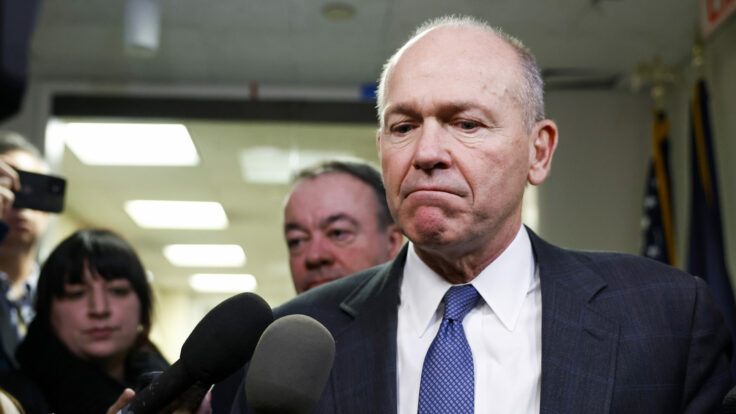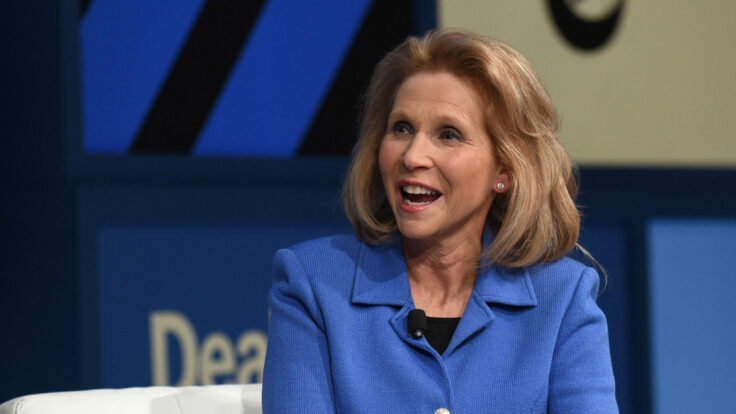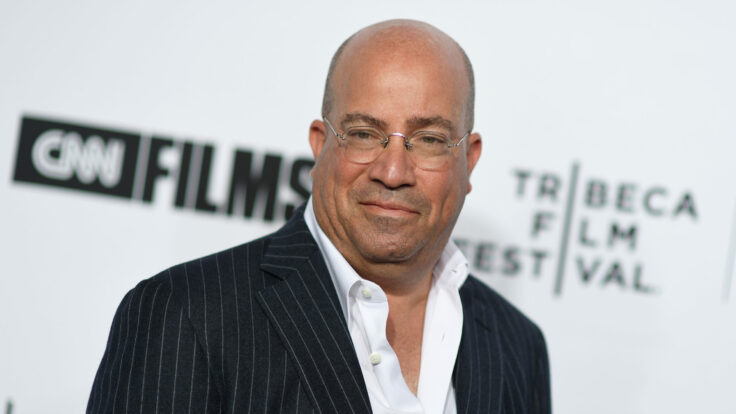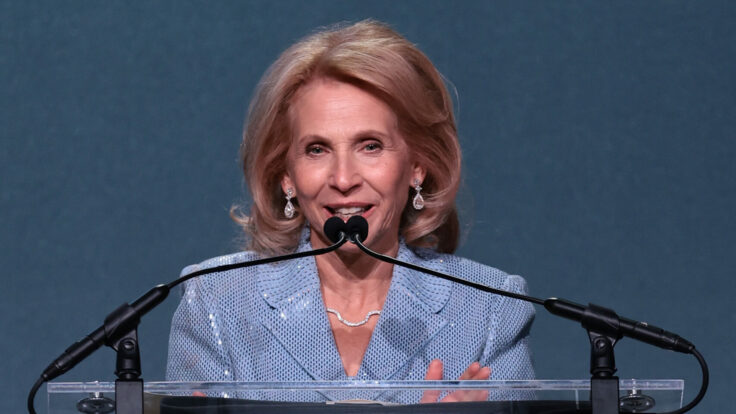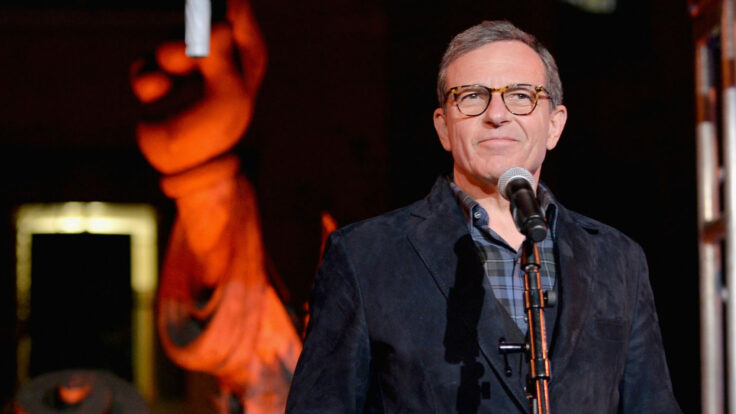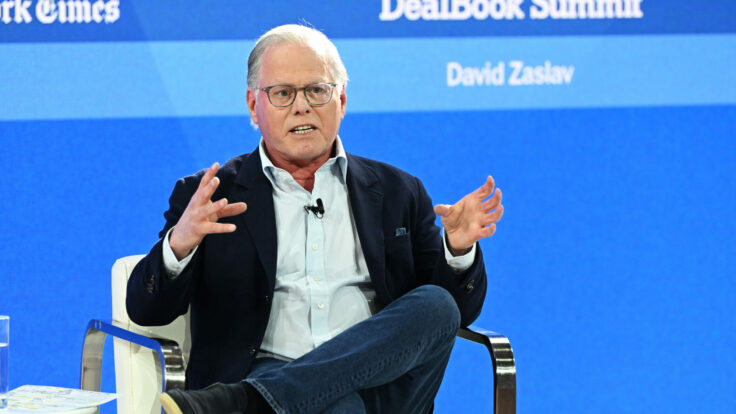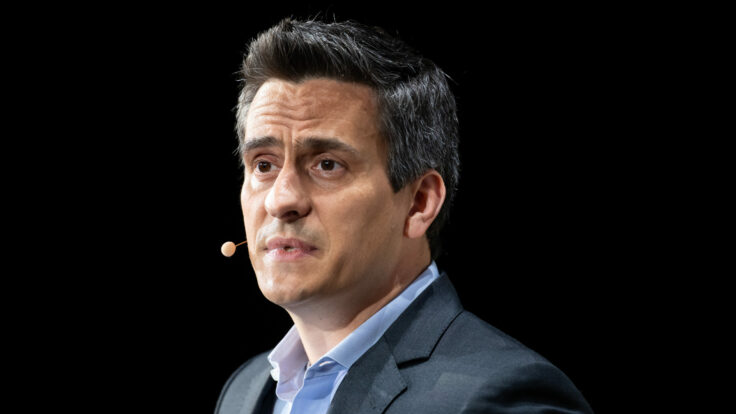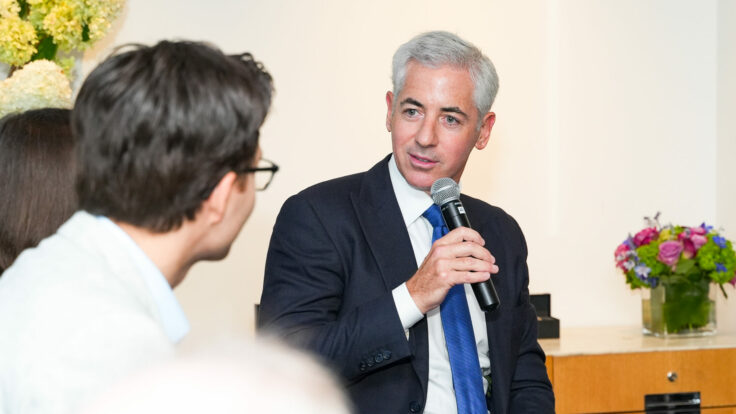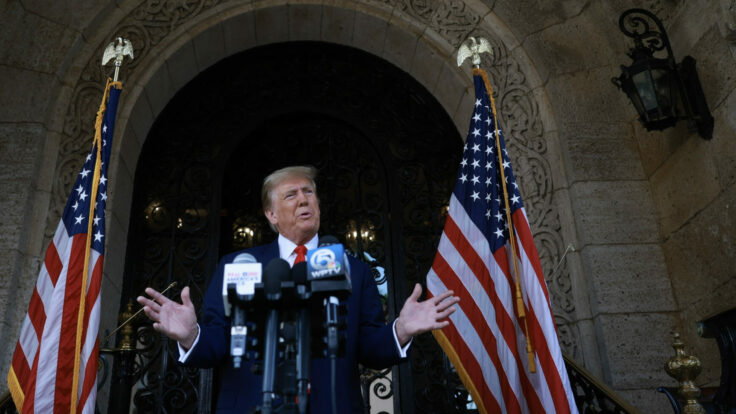This past week, Facebook’s announcement that its monthly and daily active users had plateaued sent its high-flying stock down some 25 percent, shedding around $230 billion of market value in the process. Analysts and investors wondered if there would be larger ramifications for the company—which has committed far worse non-financial sins—and for the broader social-media sector? Meanwhile, the next afternoon, Amazon exceeded earnings expectations and its stock gained $190 billion in market value, a one-day gain greater than that of any other company in history. In less than 24 hours, the company basically increased by the market value of two GEs.
Welcome to 2022, and the return of volatility in the financial markets. And it’s not only the stocks of individual companies that are reacting wildly to earnings news on a daily basis. It’s also the bond market. At the start of the year, the 10-year Treasury bond was yielding 1.5 percent; it’s now yielding 1.9 percent, a 27 percent increase in yield in a month. That’s quite a move.







